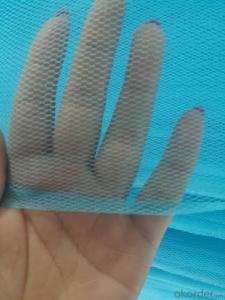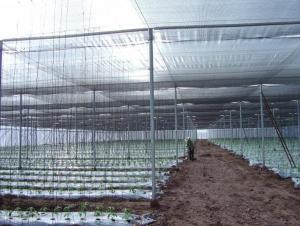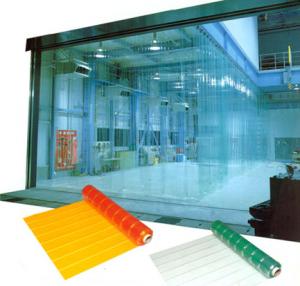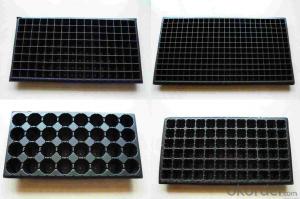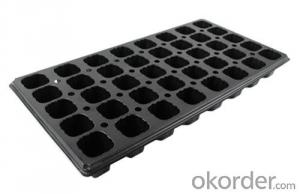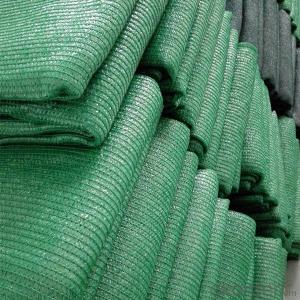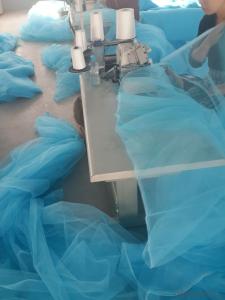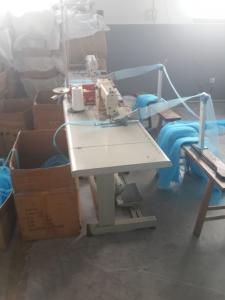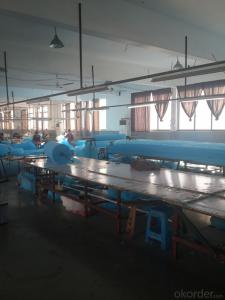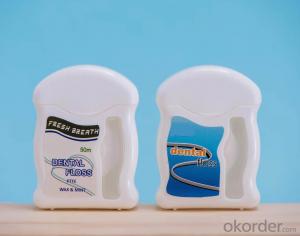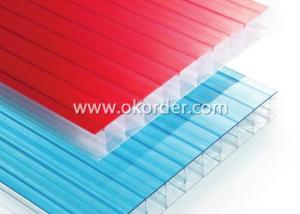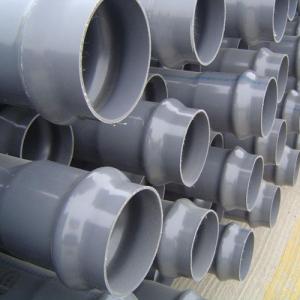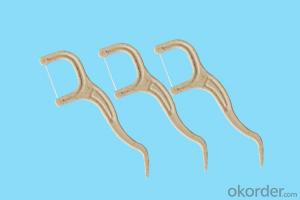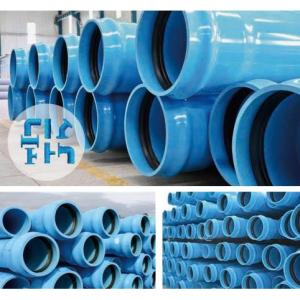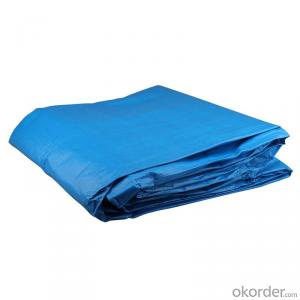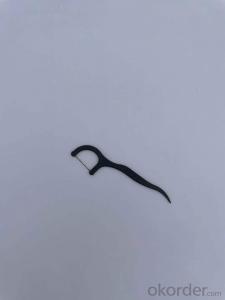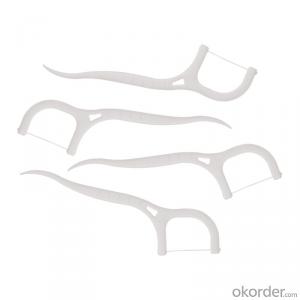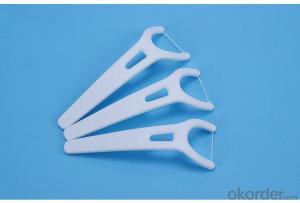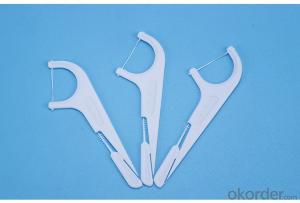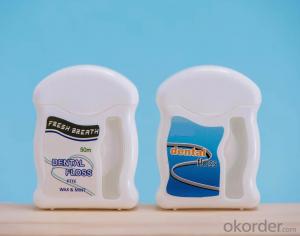Long Lasting Insecticide Treated Plastic Net Mosquito Net
- Loading Port:
- Shanghai
- Payment Terms:
- TT OR LC
- Min Order Qty:
- 1000 PCS
- Supply Capability:
- 1000000 PCS/month
OKorder Service Pledge
OKorder Financial Service
You Might Also Like
Introduction of Mosquito Net
This long lasting mosquito bed net is hooked on the ceiling and tucked under your mattress for overnight protection from bites. The deltamethrin treatment provides 4-5 years of protection, unlike permathrin which only lasts about 1 year. Insecticide treated mosquito nets, if used properly, are one of the best ways to prevent mosquitoes from biting and infecting individuals with malaria and other mosquito-borne diseases.
Details of Mosquito Net :
Lasts 4-5 years
Suitable for beds of all dimensions
For one or two people
Attaches to ceiling
Can be suspended from a ceiling
Pre-treated as per World Health Organization guidelines
Services of Mosquito Net :
Pre-sale services:
1.Various kinds of mosquito nets to choose from.
2.Any customized products can be satisfied according to your requirements.
3.Professional technicians engaged in each procedures.
Services during the sale:
1.Pre-checking and safeguarding products before delivery.
2.Providing solutions for any unexpected conditions involved.
After-sale services:
1.Assist customers on how to hang the exact mosquito nets.
2.Provided with instructions or vidoes of certain mosquito nets foldings.
3.24-hour Services.Contact us for any questions, we'd be gladly to follow.
Packaging & Delivery of Mosquito Net :
| Packaging Detail: | Individually packed into branded plastic bag,100 units per bale. |
| Delivery Detail: | 2 weeks after confirm order and payment |
FAQ of Mosquito Net:
1.Sample
We'd be gladly to send you the sample for free, but you need to pay for transport cost, and we will turn back this amount of money to you after orders issued.
2. MOQ
Our minimum order quantity for mosquito net is 1,000 pieces, and 500 kilograms for fleece fabric and mosquito net fabric.
3.Color, Size
Any color and any size is available as long as it's connected with mosquito nets.
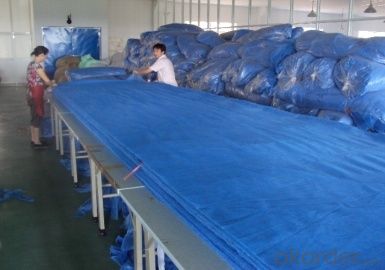
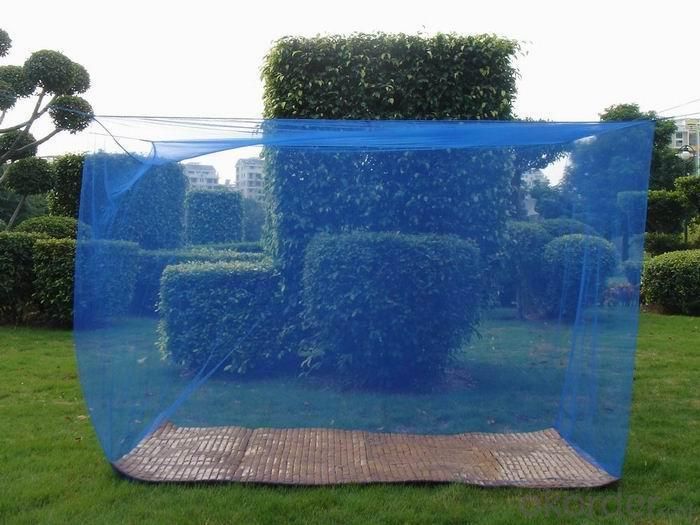
- Q:Can medical plastic be safely used in dermatological applications?
- Yes, medical plastic can be safely used in dermatological applications. Medical-grade plastics are designed to meet strict standards for biocompatibility and safety, making them suitable for use in various dermatological procedures and products such as skin grafts, wound dressings, and surgical instruments. These plastics are hypoallergenic, non-toxic, and resistant to bacteria, providing a sterile and reliable material for dermatological applications.
- Q:Are there any concerns about the thermal stability of medical plastics?
- Yes, there are concerns about the thermal stability of medical plastics. When exposed to high temperatures, medical plastics can undergo degradation, releasing toxic substances and compromising their structural integrity. This can be problematic during sterilization processes or in applications where the plastics come into contact with heat sources. Therefore, it is important for manufacturers and healthcare professionals to carefully consider the thermal stability of medical plastics to ensure their safety and effectiveness in medical settings.
- Q:Can medical plastics be used in telemedicine applications?
- Yes, medical plastics can be used in telemedicine applications. They are commonly utilized in the manufacturing of medical devices, such as remote monitoring devices, video conferencing equipment, and wearable sensors, which are essential components of telemedicine technologies. These plastics offer benefits such as durability, flexibility, and biocompatibility, making them suitable for use in telemedicine applications.
- Q:What are the considerations for using medical plastic in intravenous drug delivery systems?
- When considering the use of medical plastic in intravenous drug delivery systems, several factors should be taken into account. Firstly, the material's biocompatibility is crucial to ensure that it does not cause any adverse reactions or toxicity when in contact with the patient's bloodstream. Additionally, the plastic should be able to maintain its physical and chemical properties, such as flexibility, transparency, and resistance to degradation, throughout the desired lifespan of the device. Sterilizability is another important consideration to ensure that the plastic can be effectively cleaned and disinfected without compromising its integrity. Furthermore, it is essential to evaluate the plastic's compatibility with the specific drug being administered, as certain medications may interact with the material and have potential safety implications. Finally, cost-effectiveness and sustainability should also be considered to ensure that the chosen medical plastic meets the necessary quality standards while remaining affordable and environmentally friendly.
- Q:What are the common manufacturing techniques for medical plastics?
- Some common manufacturing techniques for medical plastics include injection molding, extrusion, blow molding, and thermoforming. These techniques allow for the production of various medical devices and equipment with precise dimensions and complex shapes, ensuring the highest quality and functionality.
- Q:Why should plastic bottles be divided into food packaging and medical packaging?
- ABS is composed of acrylonitrile, butadiene, styrene polymer plastic, it eye-catching colors, heat resistance, firmness, outer surface of chromium, nickel and other metal films, making keys, buttons, knife, TV shell, umbrella handle etc..PA nylon plastics, its characteristic of tenacity, firmness, wear resistance, commonly used in the production of comb, toothbrush, hook, fan, bag rope, fruit bags etc.. Non toxic, but not long-term contact with acid and alkali.
- Q:What are the most common uses of medical plastics in pediatric care?
- The most common uses of medical plastics in pediatric care include syringes, IV catheters, respiratory masks, feeding tubes, and orthopedic braces. These materials are essential in providing safe and effective medical treatments for children, ensuring their comfort and well-being during various medical procedures.
- Q:What are the potential risks or side effects of using medical plastic?
- The potential risks or side effects of using medical plastic can include allergic reactions, skin irritation, toxicity from certain additives, and the release of harmful chemicals. Additionally, there is a risk of bacterial or fungal contamination if the plastic is not properly sterilized. It is important to carefully select and assess the safety of medical plastics to mitigate these risks and ensure patient safety.
- Q:Can medical plastic be safely used in geriatric applications?
- Yes, medical plastic can be safely used in geriatric applications. Medical-grade plastics are specifically designed and tested to meet the necessary standards for safety and compatibility with human health. They are often used in various medical devices and equipment, including those used in geriatric care, such as prosthetics, hearing aids, orthopedic implants, and assistive devices. These plastics are biocompatible, durable, lightweight, and resistant to bacteria, making them suitable and safe for use in geriatric applications.
- Q:Are there any concerns about the environmental impact of medical plastic?
- Yes, there are concerns about the environmental impact of medical plastic. Medical plastic waste, including single-use products such as syringes, IV tubes, and packaging, contributes to the growing problem of plastic pollution. Improper disposal and incineration of medical plastic can release harmful toxins into the environment and contribute to air and water pollution. Additionally, medical plastic is not easily biodegradable, leading to long-term accumulation in landfills and oceans. Efforts are being made to find alternative, more sustainable materials in the healthcare sector to minimize the environmental impact of medical plastic.
1. Manufacturer Overview |
|
|---|---|
| Location | |
| Year Established | |
| Annual Output Value | |
| Main Markets | |
| Company Certifications | |
2. Manufacturer Certificates |
|
|---|---|
| a) Certification Name | |
| Range | |
| Reference | |
| Validity Period | |
3. Manufacturer Capability |
|
|---|---|
| a)Trade Capacity | |
| Nearest Port | |
| Export Percentage | |
| No.of Employees in Trade Department | |
| Language Spoken: | |
| b)Factory Information | |
| Factory Size: | |
| No. of Production Lines | |
| Contract Manufacturing | |
| Product Price Range | |
Send your message to us
Long Lasting Insecticide Treated Plastic Net Mosquito Net
- Loading Port:
- Shanghai
- Payment Terms:
- TT OR LC
- Min Order Qty:
- 1000 PCS
- Supply Capability:
- 1000000 PCS/month
OKorder Service Pledge
OKorder Financial Service
Similar products
New products
Hot products
Hot Searches
Related keywords
